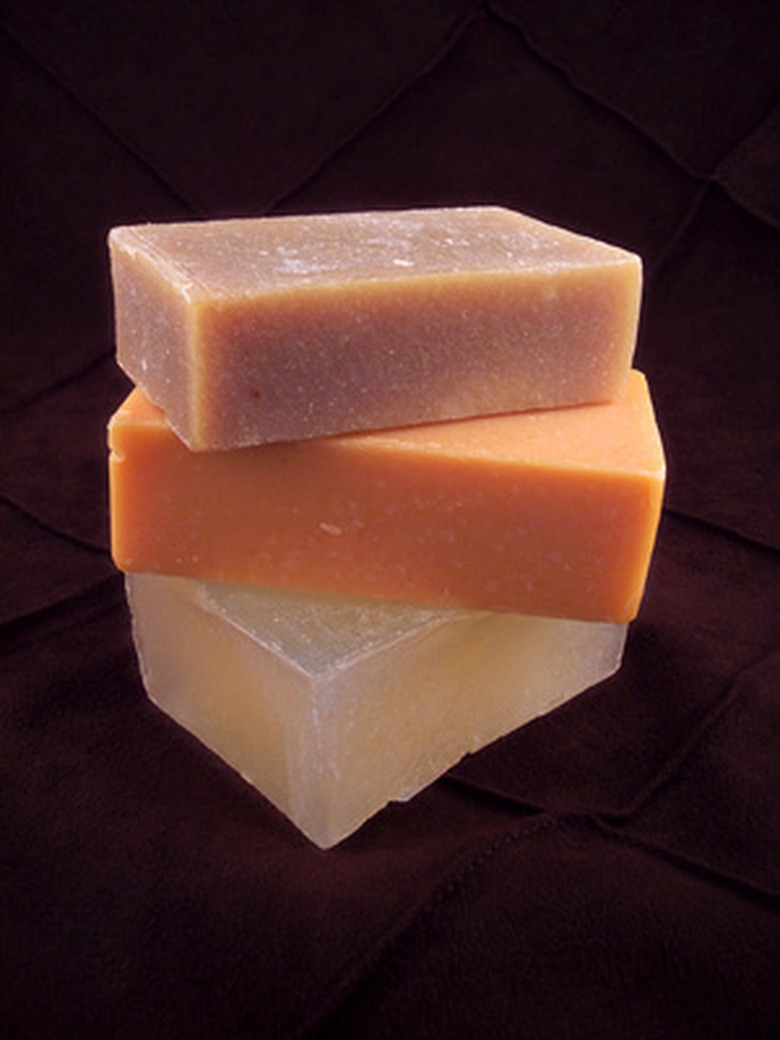How Is Glycerol Made?
Glycerol is a versatile compound used to make soap, lotion, nitroglycerin, preservatives and lubricants. Understanding the structure of glycerol is key to understanding the many processes by which it can be made.
Structure
Structure
Glycerol, also known as glycerin or glycerine, is a three-carbon alcohol with three hydroxy (oxygen and hydrogen) groups attached. In nature glycerol exists as the backbone of fatty acid esters which contain three fatty acid molecules in place of the three hydroxy groups.
Natural Production
Natural Production
When fatty acid esters are combined with lye to make soap, glycerol is a by-product which can be separated from the soap. Other long-used processes for making glycerol include high-pressure splitting of fatty acid esters and transesterification. More recently, glycerol has been obtained as a by-product of biodiesel production.
Synthetic Production
Synthetic Production
Glycerol can also be made from propene, or propylene, a three-carbon petrochemical compound with double bonds. The three needed hydroxy groups are added to the three-carbon chain. Synthetic production increased relative to natural production during the second half of the twentieth century.
Cite This Article
MLA
Stai, Sandy. "How Is Glycerol Made?" sciencing.com, https://www.sciencing.com/glycerol-made-7489385/. 24 April 2017.
APA
Stai, Sandy. (2017, April 24). How Is Glycerol Made?. sciencing.com. Retrieved from https://www.sciencing.com/glycerol-made-7489385/
Chicago
Stai, Sandy. How Is Glycerol Made? last modified March 24, 2022. https://www.sciencing.com/glycerol-made-7489385/
